The final stretch of a product's journey from warehouse to customer's doorstep has become one of the most challenging and costly parts of e-commerce operations.
With delivery costs accounting for up to 53% of total shipping expenses (Shift Logistics), Indian e-commerce brands need effective strategies to address these mounting challenges while maintaining competitive pricing and service quality.
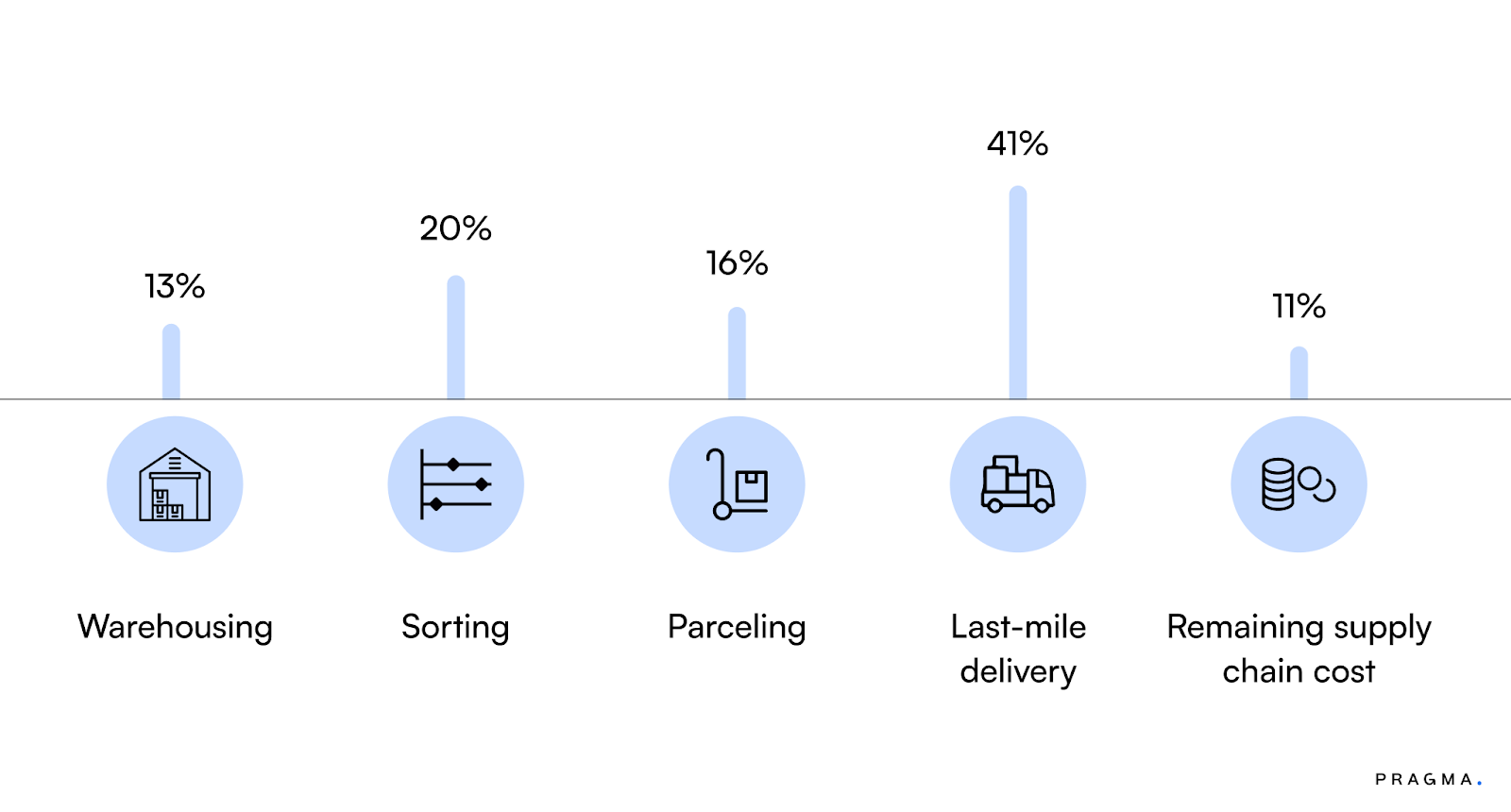
What Is the Last Mile Delivery Problem?
Last-mile delivery is the last phase of the logistics process, where packages travel from a local distribution centre or fulfilment warehouse to the customer's address.
This seemingly simple process is a surprisingly expensive, complex, and time-consuming part of the entire supply chain journey.
Unlike large-scale shipping that transports large volumes between fixed locations, last-mile delivery distributes individual packages to several dispersed addresses, often in densely populated urban areas with limited accessibility.
It's this fragmentation that makes the process inefficient and costly.
Top Challenges of Last Mile Delivery in India
The following are the reasons why brands find managing last-mile delivery tough.

High Delivery Costs
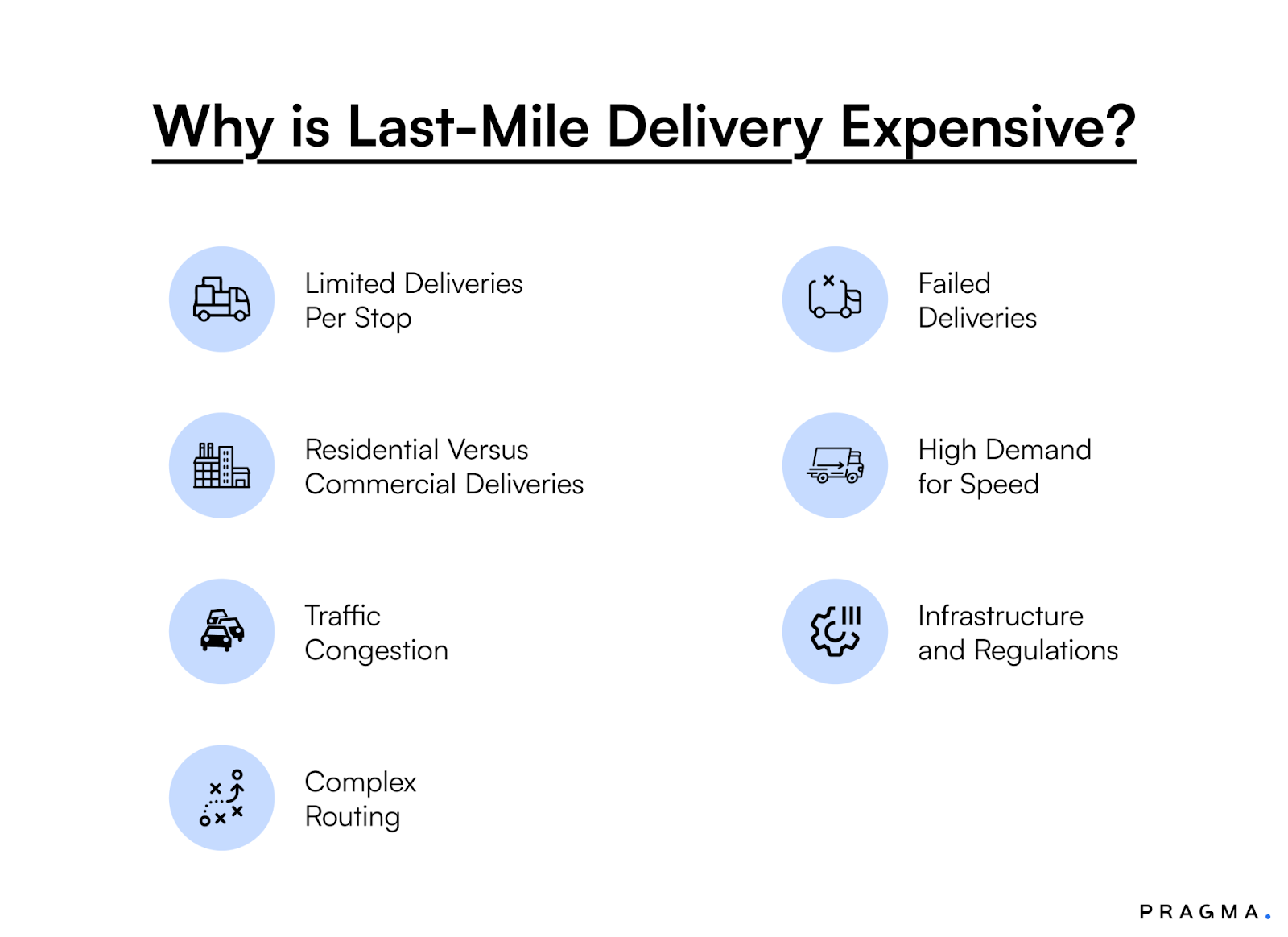
Urban deliveries require navigation through congested streets, increasing fuel consumption and delivery time.
Vehicle maintenance costs also go up due to stop-and-go traffic patterns and poor road conditions in many areas.
Driver wages and insurance expenses add to the financial pressure, as companies are struggling to hire skilled delivery personnel.
Small shipment sizes cost much more than bulk ones, where economies of scale help save per-unit costs.
Inefficient Route Planning
Traditional route planning methods often fail to account for factors such as real-time traffic conditions, road closures, and delivery time constraints.
This inefficiency leads to longer delivery times, increased fuel consumption, and compromised daily delivery capacity per vehicle.
Especially in cities like Mumbai, Delhi, Hyderabad, and Bengaluru, with poor road networks and frequent bottlenecks, unexpected delays are more than common.
Customer Expectations vs. Reality
Today's consumers, influenced by global e-commerce trends, expect a same-day or next-day, flexible delivery option, alternative delivery locations, and real-time order
However, achieving these service levels with profitability is not so easy. Because it requires proper logistics infrastructure and technology investments that many brands struggle to afford.
Failed Delivery Attempts
The causes of failed deliveries are diverse and interconnected. Each failed attempt doubles your delivery cost.
Customers may not be available during attempted delivery times, like in urban cities where working populations are away during standard delivery hours.
Inaccurate or incomplete address information makes locating delivery destinations difficult.
Security restrictions in residential complexes and commercial buildings also prevent delivery completion on time.
Traffic & Congestion
Urban traffic congestion represents one of the most visible challenges in India's mile delivery operations. Major metropolitan areas experience severe traffic delays during peak hours, significantly impacting delivery schedules and operating costs.
According to research, delivery times in central areas of Kolkata and Old Delhi are up to 35% longer than in newer urban zones due to congested streets and limited vehicle access (Credence Research). This directly translates to higher operating costs and reduced service efficiency.
Environmental Impact
Environmental considerations increasingly influence last-mile delivery operations. The sector contributes significantly to urban air pollution through vehicle emissions, particularly in densely populated metropolitan areas. Traditional delivery vehicles, primarily powered by fossil fuels, generate substantial carbon emissions during stop-and-go urban driving.
The World Economic Forum projects that last-mile deliveries will increase by 78% globally by 2030, with delivery vehicles potentially increasing by 36% in dense urban areas (ISB Research Insights). This growth trajectory raises serious environmental concerns.
Lack of Real-time Visibility
Limited visibility into delivery operations creates problems that affect both productivity and customer satisfaction. Many logistics operations lack real-time tracking capabilities, making it difficult to monitor delivery progress, identify delays, or proactively communicate with customers about delivery status.
Without real-time visibility, companies cannot respond quickly to disruptions. Traffic delays, vehicle breakdowns, or route changes cannot be communicated effectively to customers, leading to frustration and failed delivery attempts.
Inaccurate Address Data
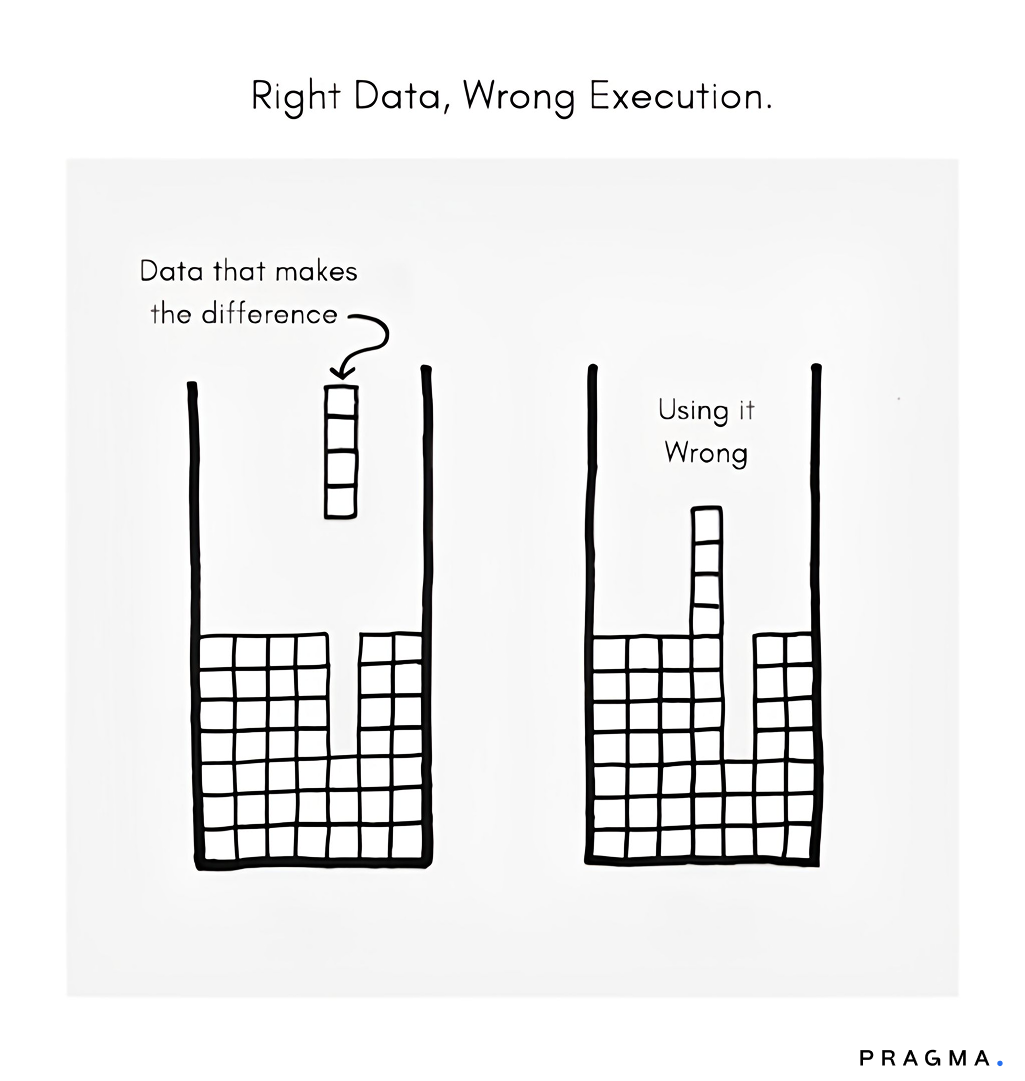
Address accuracy remains a persistent challenge in Indian last-mile delivery. Unlike developed markets with standardised addressing systems, India often relies on landmark-based directions and informal addressing conventions. This creates significant difficulties for delivery personnel unfamiliar with local areas.
Incomplete or incorrect address information provided by customers compounds the problem. Missing details such as floor numbers, building names, or local landmarks can result in delivery failures. Language barriers between customers and delivery personnel can further complicate address communication.
Reverse Logistics & Returns

Managing returns and reverse logistics adds complexity to the last-mile delivery problem. E-commerce returns rates in India can range from 15-30% depending on product categories, creating substantial additional logistics burdens. Each returned item requires pickup, processing, quality assessment, and potential restocking or disposal.
Reverse logistics often lacks the scale economies available in forward delivery operations. Return pickups may involve single items from scattered locations, making the process inherently inefficient.
Why These Issues Matter for E-commerce Brands
Profitability Impact
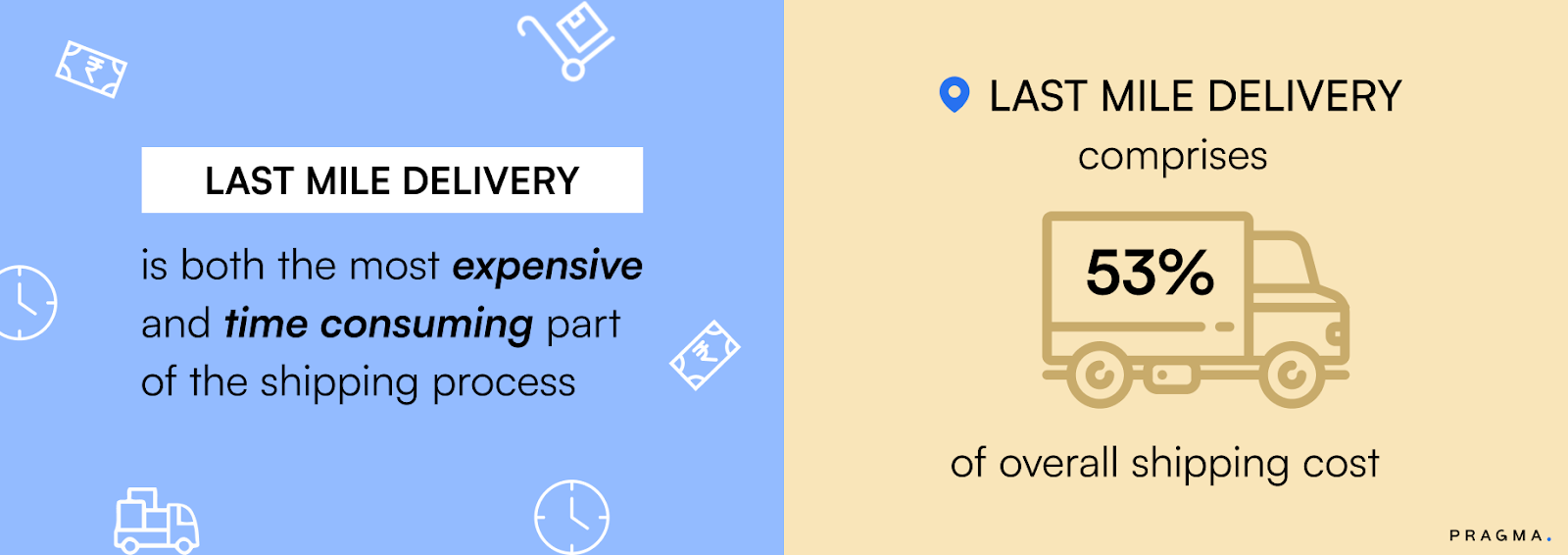
Problems in last-mile delivery directly erode profit margins through multiple channels. High delivery costs, failed delivery attempts, and inefficient operations increase the true cost of customer acquisition and order fulfilment. With delivery expenses representing up to 53% of total shipping costs, inefficiencies can quickly eliminate product margins.
The cost impact becomes particularly severe when companies absorb delivery charges to meet customer expectations for free shipping. Without efficient last-mile operations, businesses face an impossible choice between maintaining competitive pricing and preserving profitability.
Brand Reputation & Customer Loyalty
Delivery performance has become a primary factor in brand perception and customer loyalty. Research demonstrates that 98% of consumers report that delivery experiences impact their brand loyalty, while 84% are unlikely to purchase again after a single poor delivery experience (Korem).
The visibility of delivery operations amplifies their impact on brand reputation. Unlike internal business processes that remain hidden from customers, delivery performance is highly visible and frequently shared through social media and review platforms.
Scalability Constraints
Inefficient last-mile operations create fundamental constraints on business scalability. Companies with unresolved delivery problems struggle to expand into new markets or handle volume growth during peak periods. The inability to maintain service quality while scaling operations limits growth opportunities and market expansion potential.
Practical Solutions & Best Practices for Improved Last Mile Delivery
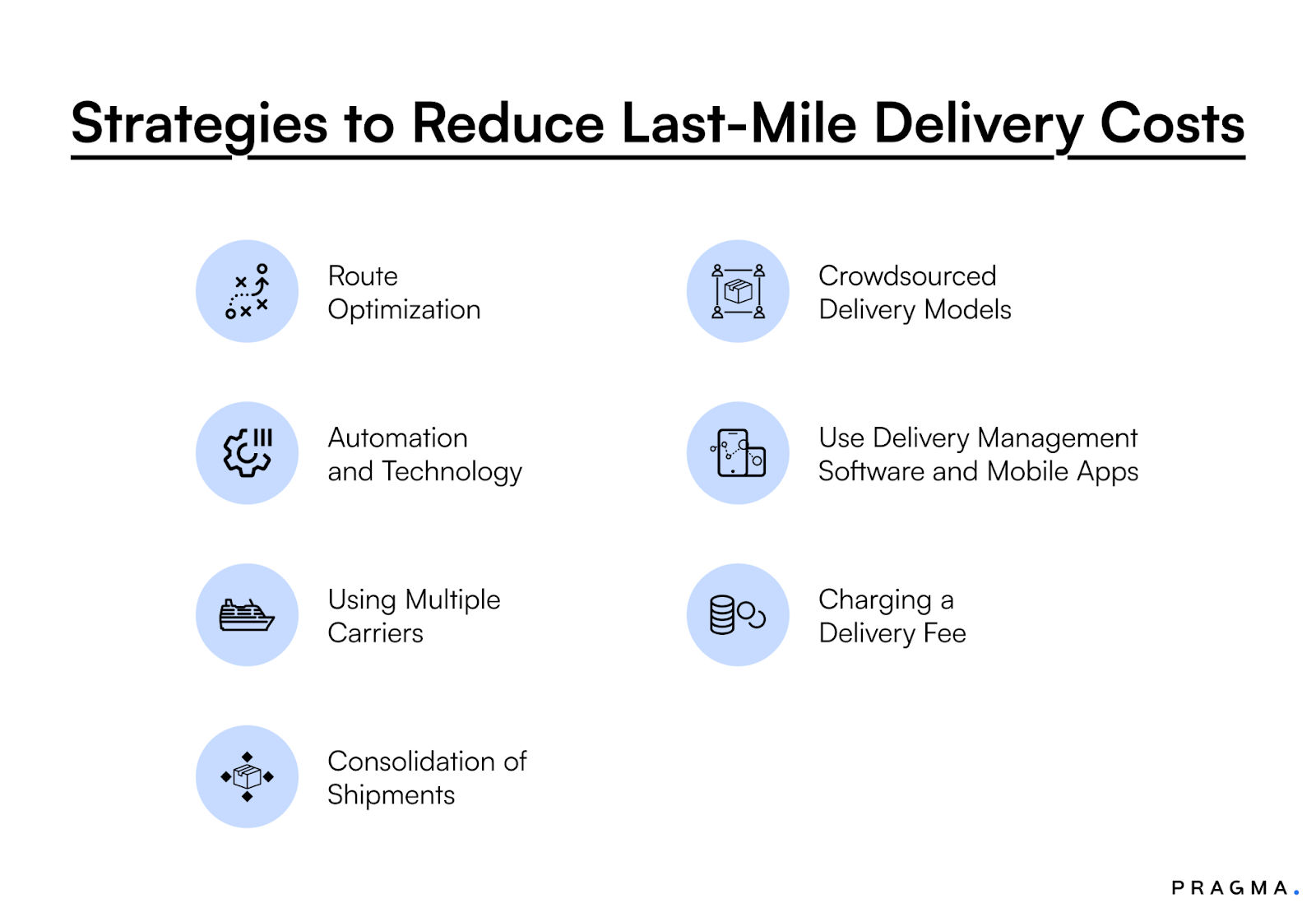
Route Optimisation Technology
Modern route optimisation technology represents the foundation for solving last-mile delivery challenges. Advanced algorithms analyse multiple variables, including traffic patterns, delivery windows, vehicle capacity, and driver expertise, to determine optimal routing sequences. These systems can reduce delivery costs by 10-20% while improving service reliability and customer satisfaction.
Machine learning algorithms continuously improve routing efficiency by learning from historical data and real-time conditions. The systems can predict traffic patterns, identify optimal delivery sequences, and adapt to changing conditions throughout the day.
Delivery Partner & Fleet Mix
Optimising delivery partner networks and fleet composition provides flexibility to handle varying demand patterns and requirements. A mixed fleet approach combining company-owned vehicles, third-party logistics partners, and gig economy workers enables businesses to scale capacity efficiently while controlling fixed costs.
Gig economy integration through platforms and crowdsourced delivery networks offers particular advantages for handling peak demand periods and expanding geographic coverage. This approach allows companies to access local market knowledge and flexible capacity without substantial infrastructure investments.
Real-Time Tracking & Alerts
Real-time tracking capabilities address visibility challenges that contribute to the last-mile delivery problem. Comprehensive tracking systems provide customers with accurate delivery estimates, enable proactive communication about delays, and allow delivery personnel to optimise routes based on current conditions.
Customer-facing tracking applications reduce failed delivery rates by enabling real-time communication and delivery coordination. Customers can track package progress, receive arrival notifications, and communicate delivery preferences or changes.
Digital Proof of Delivery
Digital proof of delivery systems reduce disputes, improve efficiency, and provide accountability throughout the delivery process. Photo confirmation, digital signatures, and GPS location verification create comprehensive delivery documentation while reducing paperwork and administrative burdens.
Automated proof of delivery collection reduces delivery completion time and improves driver productivity. Digital systems eliminate manual paperwork, reduce data entry errors, and provide immediate confirmation to customers and operations teams.
Flexible Delivery Options
Offering multiple delivery options addresses diverse customer preferences and reduces failed delivery rates. Options such as specific time windows, alternative delivery locations, and pickup points provide customers with convenient choices while optimising efficiency.
Pickup point networks, including automated lockers and partner retail locations, reduce the cost and complexity of home delivery while providing customer convenience. These solutions work particularly well in urban areas with access restrictions or customers with unpredictable schedules.
Sustainable Delivery Practices
Environmental sustainability in last-mile delivery addresses regulatory requirements, customer preferences, and long-term efficiency. Sustainable practices include vehicle electrification, route optimisation for fuel efficiency, and packaging optimisation to reduce environmental impact.
Electric vehicle adoption requires careful planning for charging infrastructure, route design, and driver training. However, the long-term benefits include reduced fuel costs, lower maintenance requirements, and improved brand reputation.
Address Verification Systems
Address standardisation and verification systems to reduce delivery failures and improve efficiency. Automated address validation during the ordering process can identify and correct common addressing errors before packages enter the delivery network.
Integration with mapping services and local area databases improves address accuracy and provides alternative routing options. GPS coordinates and landmark-based navigation help delivery personnel locate destinations more efficiently.
Smart Returns Management
Efficient returns processing addresses reverse logistics challenges while maintaining customer satisfaction. Automated returns authorisation, pickup scheduling, and processing workflows reduce the cost and complexity of managing returned merchandise.
Returns consolidation and processing centres can achieve economies of scale in returns handling while providing faster customer refunds. Regional returns facilities reduce transportation costs and processing times compared to centralised returns operations.
Technology Trends & Innovations for Improved Last Mile Delivery
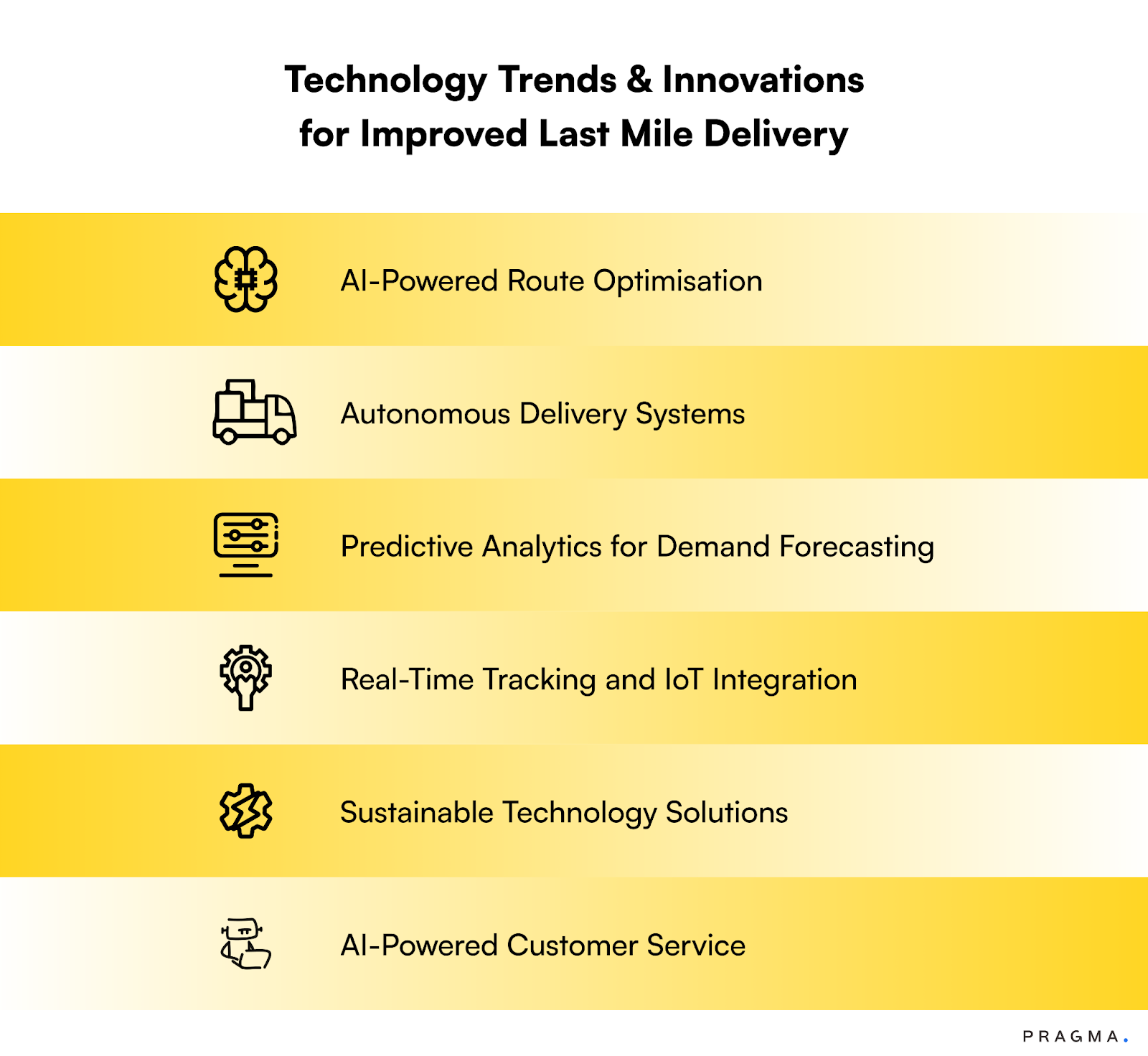
The integration of artificial intelligence and machine learning is transforming last-mile delivery operations across India. These technologies are addressing fundamental challenges through intelligent automation and data-driven decision making.
AI-Powered Route Optimisation
Advanced algorithms now analyse over 180 real-world constraints, including traffic patterns, road closures, weather conditions, and delivery time windows. Companies like Zepto and Locus report significant improvements in delivery efficiency, with some achieving 89% better vehicle utilisation and 23% reduction in average distance travelled.
Autonomous Delivery Systems
Self-driving vehicles, drones, and delivery robots are entering mainstream operations. Companies like Amazon and Walmart are successfully using drones for 30-minute deliveries, while ground-based robots handle sidewalk deliveries in urban areas. These systems operate 24/7, avoiding peak traffic hours and reducing operational costs.
Predictive Analytics for Demand Forecasting
Machine learning models analyse order patterns, seasonal variations, and local events to predict delivery hotspots and capacity requirements. This helps logistics providers address driver shortages and inventory management challenges proactively.
Real-Time Tracking and IoT Integration
Advanced tracking systems now monitor not just location but also temperature, humidity, and package tampering. These IoT-enabled solutions provide complete transparency throughout the delivery journey, reducing customer service queries and failed delivery attempts.
Sustainable Technology Solutions
Electric vehicles and optimised routing are reducing carbon emissions significantly. Logistics platforms report saving over 750 KT of carbon emissions through intelligent route planning. Companies are achieving 10-15% improvement in fuel efficiency while meeting environmental sustainability goals.
AI-Powered Customer Service
Intelligent chatbots handle delivery scheduling, address verification, and return processing automatically. These systems reduce customer service workload by 80% while providing instant support for common delivery-related queries.
Case Study: Indian Brand Solving Last-Mile Challenges
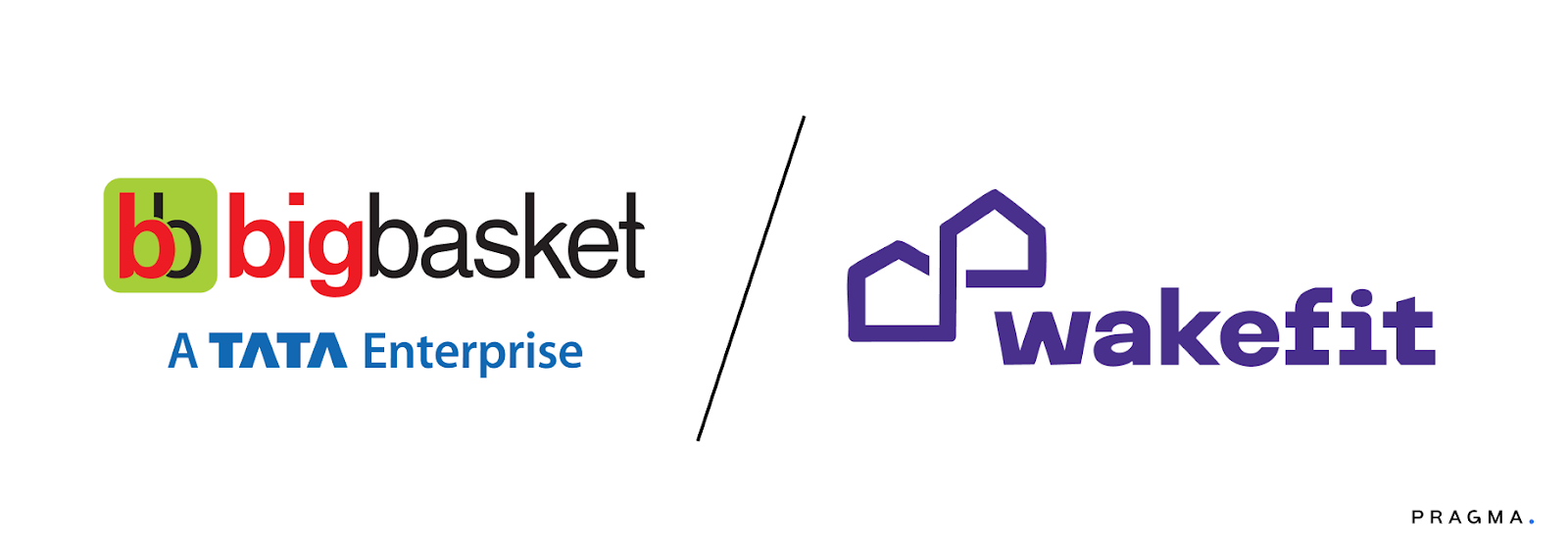
Case Study 1: BigBasket’s Urban Route Optimisation Success
BigBasket, India’s largest online grocery delivery platform, faced severe last-mile challenges due to perishability, high order volumes, and densely packed delivery zones in cities like Bengaluru and Chennai. The company’s delivery efficiency was being compromised by:
- Congested urban streets during peak traffic hours.
- High delivery failure rates in apartment complexes with strict entry protocols.
- Rising costs per drop due to small order sizes.
Solution Implementation:
- Route Optimisation & Micro-Fulfilment Centres – BigBasket deployed AI-powered route planning systems integrated with real-time traffic feeds. By creating smaller micro-fulfilment hubs closer to demand hotspots, it reduced average delivery distances by 22%.
- Time-Slot Based Deliveries – Customers were offered precise two-hour delivery windows, reducing failed delivery attempts by 31%.
- Address Verification Before Dispatch – Automated address validation reduced location-related delivery errors by over 40%.
- Fleet Mix Optimisation – Shifted a portion of urban deliveries to electric bikes for better manoeuvrability in congested lanes and reduced fuel costs.
Results:
- Cost Per Delivery Drop: Reduced by 18% in urban areas.
- On-Time Delivery Rate: Improved from 82% to 95% within 6 months.
- Customer Satisfaction: NPS improved by 12 points post-implementation.
This example reflects how combining technology, operational redesign, and fleet diversification can turn last-mile delivery into a competitive advantage rather than a cost centre.
Case Study 2: Wakefit’s Last-Mile Delivery Optimisation for Large-Format D2C Orders
Wakefit, a Bengaluru-based D2C furniture and home products brand, built its reputation on delivering high-quality mattresses and furniture directly to customers. But its growth exposed a critical bottleneck — last-mile delivery for bulky, high-value items in both metro and Tier-2 cities.
The Challenges:
- High Cost Per Drop – Furniture required two-person delivery crews and larger vehicles, leading to higher operating costs.
- Failed Deliveries Due to Scheduling Conflicts – Customers often weren’t available during standard delivery hours.
- Damage in Transit – Bulky goods were prone to scuffs and dents, causing returns and refunds.
- Tier-2 City Logistics – Limited infrastructure and longer distances between delivery points increased costs and time.
Solutions Implemented:
- In-House Logistics Fleet for High-Value SKUs – Wakefit invested in its fleet for metro deliveries, ensuring better control over quality and handling.
- Customer-Preferred Time Slots – Introduced flexible delivery windows and weekend delivery options to reduce failed attempts by 28%.
- Protective Packaging & Handling SOPs – Implemented custom-fit packaging and mandatory two-person handling for bulky items, cutting damage rates by 35%.
- Hub-and-Spoke Model for Tier-2 Deliveries – Established regional hubs in key Tier-2 cities to reduce average last-mile distance by 18%.
Results:
- Cost Per Successful Delivery: Reduced by 15% in metros and 10% in Tier-2 cities.
- On-Time Delivery Rate: Increased from 80% to 94%.
- Customer Experience: NPS improved by 9 points within a year.
This example shows that even in bulky-item D2C logistics, a mix of operational control, customer-centric scheduling, and infrastructure investment can turn last-mile delivery into a brand differentiator rather than a cost drag.
How Pragma Helps with Last-Mile Optimisation
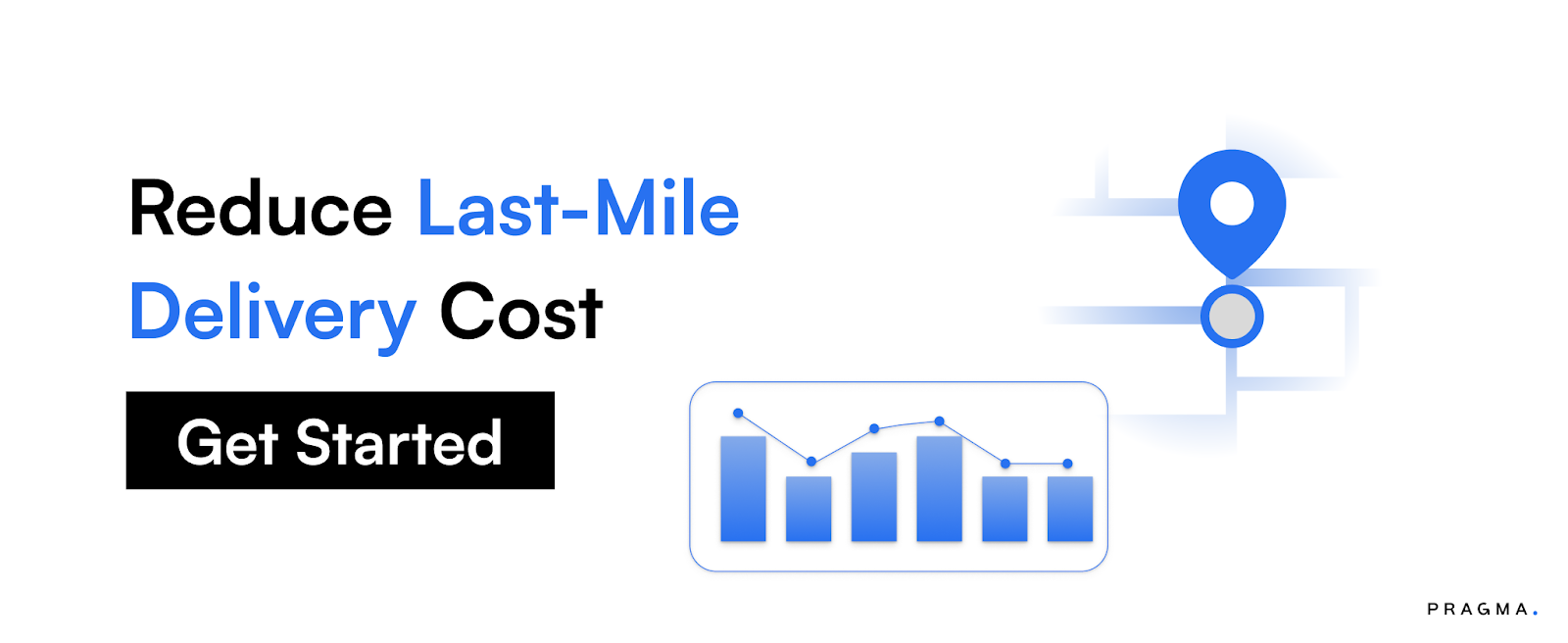
At Pragma, we’ve worked with over 1,000+ Indian D2C and e-commerce brands to tackle last-mile delivery inefficiencies head-on. Our approach combines data-driven logistics orchestration with partner integrations to reduce costs, improve delivery performance, and boost customer satisfaction.
Here’s how we do it:
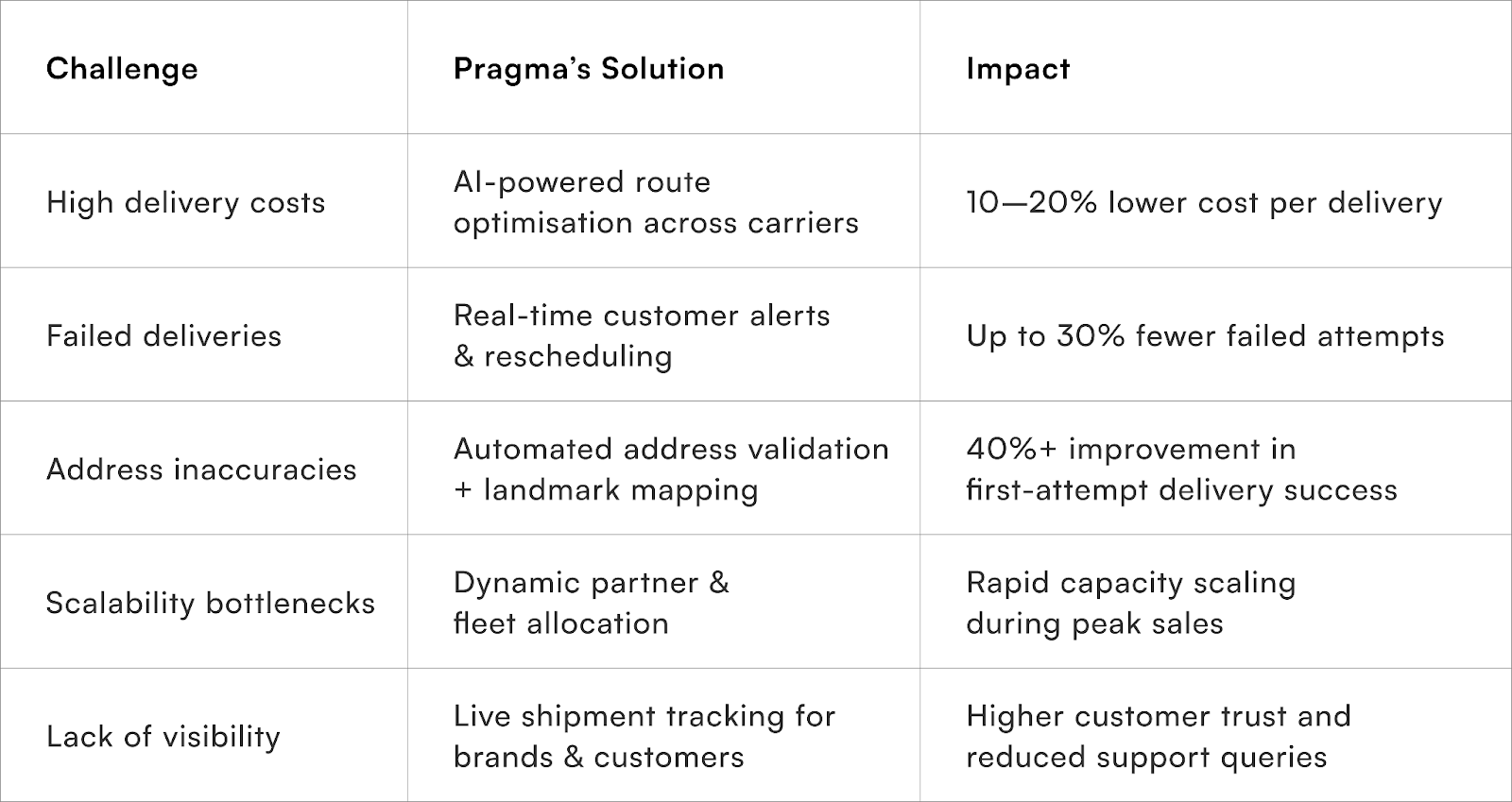
Our Delivery Management System integrates seamlessly with your existing order flow, enabling you to choose the right delivery partner for each shipment based on cost, performance, and geography.
We also support brands through Retail Logistics Management best practices and 3rd-Party Logistics integrations for nationwide reach.
To Conclude
The last-mile delivery problem is no longer a back-end logistics challenge — it’s a front-line driver of customer loyalty, profitability, and brand reputation. In India’s competitive e-commerce environment, where traffic, costs, and customer expectations are all on the rise, only brands that leverage technology, operational agility, and sustainable practices will win the delivery game.
Whether it’s reducing cost per drop, cutting failed deliveries, or improving real-time transparency, the solutions exist — and they’re increasingly within reach for Indian D2C brands. With Pragma’s last-mile optimisation expertise, your brand can transform delivery from a bottleneck into a growth accelerator.
Read more on Last-Mile Delivery Strategies to start your optimisation journey.

FAQs (Frequently Asked Questions On The Last-Mile Delivery Problem In India)
1. What is the last-mile delivery problem?
It refers to the challenges faced in the final leg of delivering a product from a local hub to the customer’s address. This stage is often the most expensive and time-consuming part of e-commerce logistics in India.
2. Why is last-mile delivery so costly in India?
Small order sizes, urban congestion, poor road infrastructure, and rising fuel costs contribute to high per-drop expenses.
3. How do failed deliveries impact e-commerce profitability?
Each failed delivery can double the operational cost for that order and lead to lower customer satisfaction and repeat purchase rates.
4. What role does technology play in solving last-mile delivery issues?
Technologies like AI-based route planning, real-time tracking, and address verification significantly improve efficiency, reduce costs, and enhance customer experience.
5. How can brands improve delivery success in congested Indian cities?
Using electric two-wheelers, offering time-slot deliveries, and leveraging micro-fulfilment centres can greatly improve delivery times and reduce costs.
6. Does Pragma offer last-mile optimisation solutions?
Yes, Pragma provides AI-driven delivery orchestration, real-time visibility tools, and fleet partner integrations designed for Indian D2C and e-commerce brands.
Talk to our experts for a customised solution that can maximise your sales funnel
Book a demo

.png)

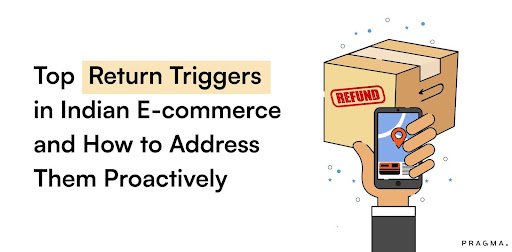
.png)